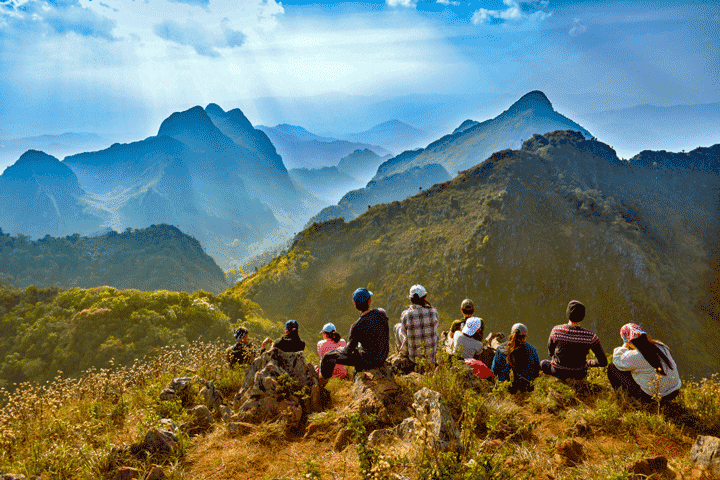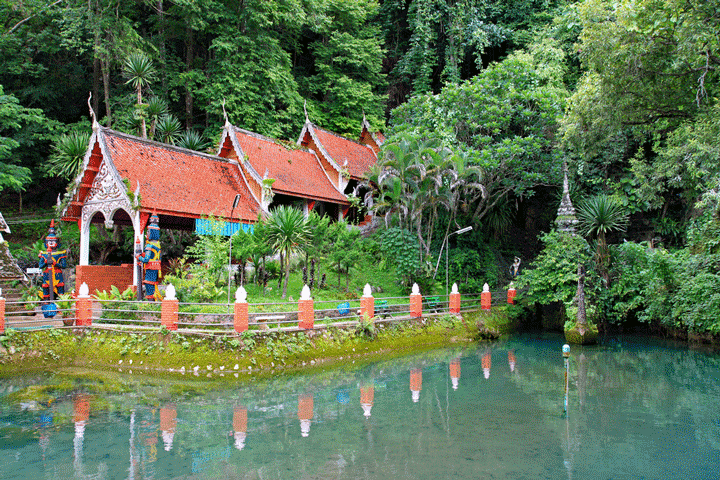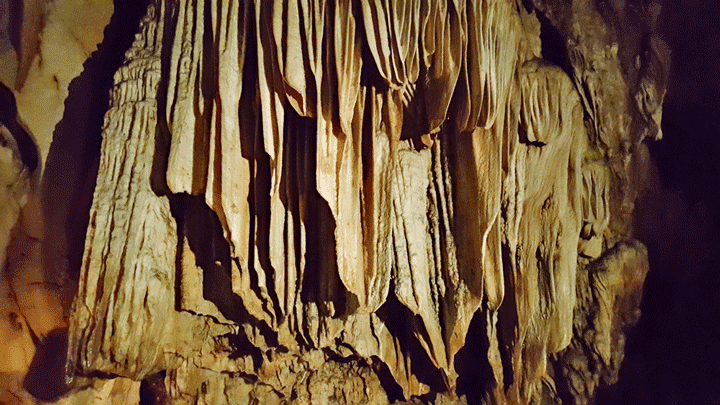
The Tourism Authority of Thailand (TAT) has announced that UNESCO has designated Doi Chiang Dao in Chiang Mai as a biosphere reserve.
A biosphere reserve is an area designated by UNESCO that represents an ecosystem in which biodiversity and genetic values are protected. The designation stems from the 1968 Biosphere Conference, the first intergovernmental conference to balance resource conservation and development.
On September 15, 2021, UNESCO's Man and the Biosphere (MAB) program added 20 new sites in 21 countries to the World Network of Biosphere Reserves, which now has 727 biosphere reserves in 131 countries, including 22 transboundary sites.
The prestigious listing of Doi Chiang Dao brought the total number of biosphere reserves in Thailand to five, following the listings of Sakaerat in Nakhon Ratchasima in the northeast in 1976, Huai Tak Teak in Lampang, and Mae Sa-Kog Ma in Chiang Mai, both in the Northern in 1977, and Ranong in the South in 1997.

Chiang Dao Cave Entrance (sasimoto / Shutterstock.com)
According to the UNESCO list, the Doi Chiang Dao Biosphere Reserve is the only region in the country covered by subalpine vegetation, which is also found in the Himalayas and in the southern part of China. The 85.909,04-hectare biosphere reserve is home to many rare, endangered, or vulnerable species; such as the Lar Gibbon (Hylobates lar), leaf monkey (Trachypithecus phayrei), Chinese Goral (Naemorhedus griseus), tigers (Panthera tigris) and the clouded leopard (Neofelis nebulosa).

Chiang Dao cave
The landscape is rich in caves formed by the infiltration of rainwater through limestone formations. The largest and most important of these is Chiang Dao Cave, from which the biosphere reserve takes its name. The cave is associated with the legend of Chao Luang Chiang Dao, the king of all ghosts, who is believed to live in the towering mountain of Doi Chiang Dao; both are revered as sacred places. A Lanna-style Buddhist temple marks the entrance to the cave. The cave and mountain attract many visitors annually and a visitor impact management model was implemented. Ecotourism, birdwatching and stargazing are the local tourist attractions.
Farming using a traditional gravity-based irrigation system called Maung Fai is a notable activity at the site, where local customs and knowledge have been maintained for nearly 800 years.

